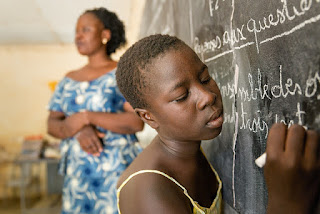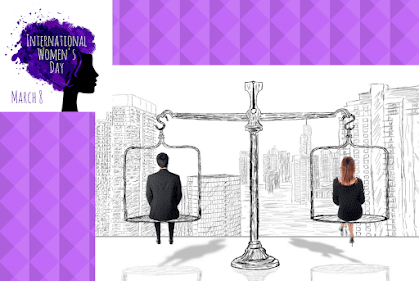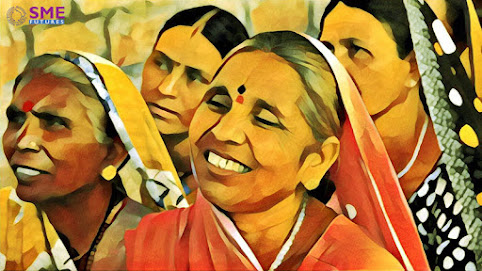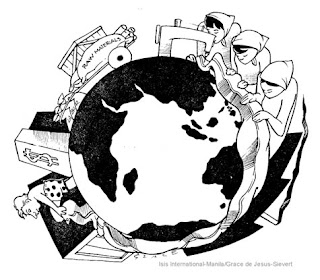Women and technology entrepreneurship

There has been an increasing movement in recent years to change the underrepresentation of women in the area of technology entrepreneurship. More and more women are founding their own digital businesses and assuming leadership positions within the sector. Despite this development, women still encounter substantial obstacles in the field of technology entrepreneurship. The greatest difficulty is getting funding. It can be challenging to launch a tech startup because female-led companies receive much less venture capital financing than male-led ones. Additionally, when applying for financing, women frequently encounter bias and discrimination, which can further restrict their access to resources. ye.commastmastmastmastmastmastmastmas, and. Finding mentors and advisors who can guide them through the difficulties of founding and operating a software company is a challenge for many female entrepreneurs. Because of this, it may be more difficult for women to establish the networks and c...


















